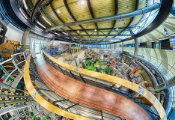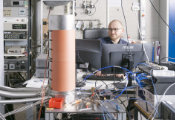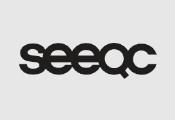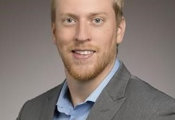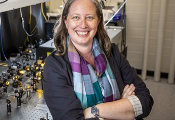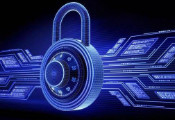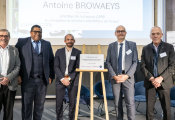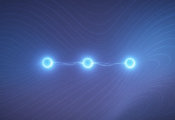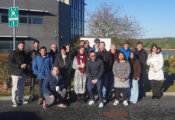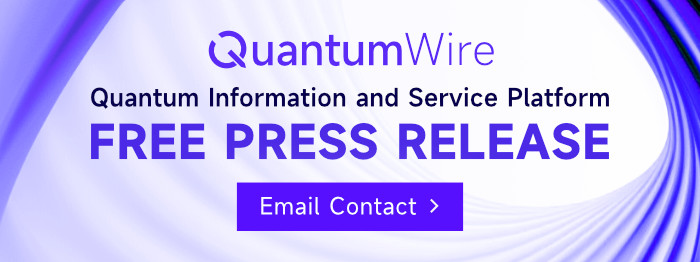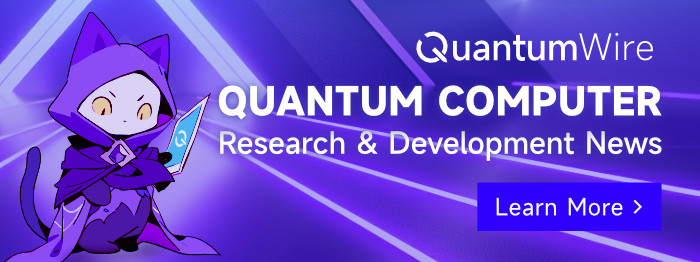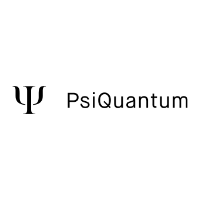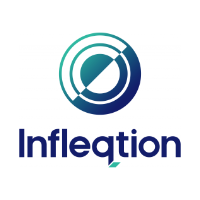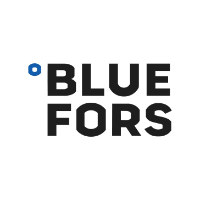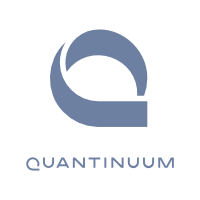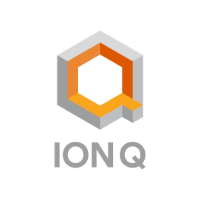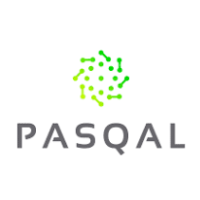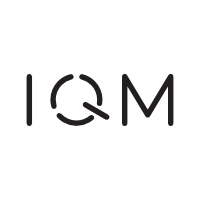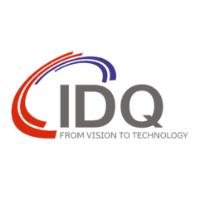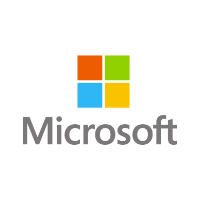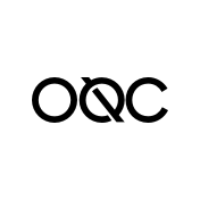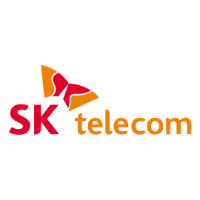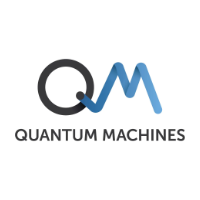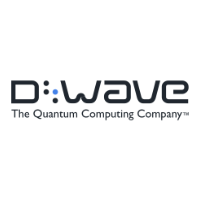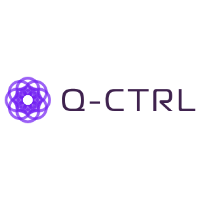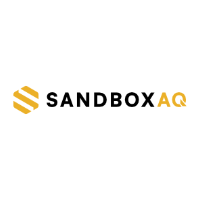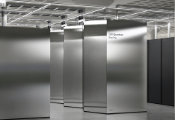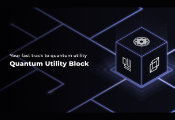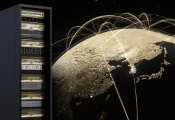NYU Students Creatively Explore the Mysteries of Quantum Computing
April 08, 2025 -- QuEra, a Boston-based company, operates the world’s largest publicly available neutral atom quantum computer, aiming to help its clients tackle hard-to-solve problems.
One (thankfully) easier-to-solve problem: Public policy, user-centric design, and other such factors will be vital to the continued development of the quantum computing industry, but it can be difficult to communicate quantum concepts to a non-technical audience and to convey the purposes quantum computers can serve.
To address that dilemma, the company recently hosted a weeklong Quantum Creators Con, which brought together students in quantum information science and the creative arts, including many from across NYU. After a series of workshops, the students were split into teams and challenged to come up with projects that would connect the complex hardware principles they had learned with accessible, visually compelling content.
Among the paths they could choose were:
- Developing concept art for neutral-atom quantum computing
- Creating a visual “map” that traced the journey of an atom through the hardware
- Illustrating the differences between analog and gate-based neutral-atom quantum computers
- Exploring any personal angle on quantum hardware that inspired them.
It might have seemed a daunting prospect to most, but Ray Wang and Ege Tezcan, graduate students in NYU’s Interactive Telecommunications program described themselves as curious but unintimidated. The two teamed up with a computer engineering major from City University of New York (CUNY) to develop a colorful game, QuCipher, that called upon players to capture and activate virtual "atoms" in order to unlock an encrypted message through quantum computation. The Quantum Creators Con helped show that technology and art are not in conflict, they asserted. “Someone who uses paint as a medium is called a painter, but they’re still also an artist,” they said. “That applies to technologists as well. Their medium is technology, but they are still also artists.”
Students in NYU Tandon’s Integrated Design & Media program also work at the intersection of technology and art, and several contributed to projects judged to be among the best of the week. “These stood out for their exceptional creativity, clarity, and impact in communicating neutral atom quantum computing, a cutting-edge approach that leverages laser-trapped atoms as qubits,” Yelissa Lopez, the Government and Industry Advocate at QuEra, explained.
The top projects included Qutrit, an interactive app that makes learning about the workflow of QuEra’s neutral-atom computers engaging and fun, developed in part by Tandon junior Charlene Chow; Quantum “Cook”puting, a cookbook to make neutral atom quantum computing more accessible to lay readers, created by Tandon senior M. Ian Askie and his teammates; and a humorous instructional video by a team calling itself the Detanglers that included Tandon junior Siya Sachdeva.
Cheewon Choi, an undergraduate in the Tisch Interactive Media Arts program, was excited by the prospect of diving into quantum computing — for good reason: he happens to minor in physics. Teamed with creators from other schools, he came up with an interactive project called the Quantum Atlas, designed to be accessible to those outside the scientific community, with no in-depth knowledge, and inclusive, since it is based on visual features and requires virtually no language skills to navigate. The atlas allows users to manipulate elements of quantum computing, including Rydberg atoms (atoms excited into a high energy level), spatial light modulators, and lattices, in order to learn the concepts underpinning the field in a hands-on way. “It might seem as though it will take quantum a long time to reach the mainstream, because these are developing concepts,” he said, “but it is necessary for the public to learn, in preparation for the future, and I’m glad QuEra provided us with this opportunity.”
Lopez explained that the event was a win-win for students and company alike. “We welcomed the chance to introduce neutral-atom quantum hardware to students who may be more interested in the creative disciplines than in STEM,” she said. “The more diversified the industry becomes, the better, because we need a workforce with not just technical know-how but storytelling talents, design-thinking abilities, and a variety of backgrounds in order to thrive.”

